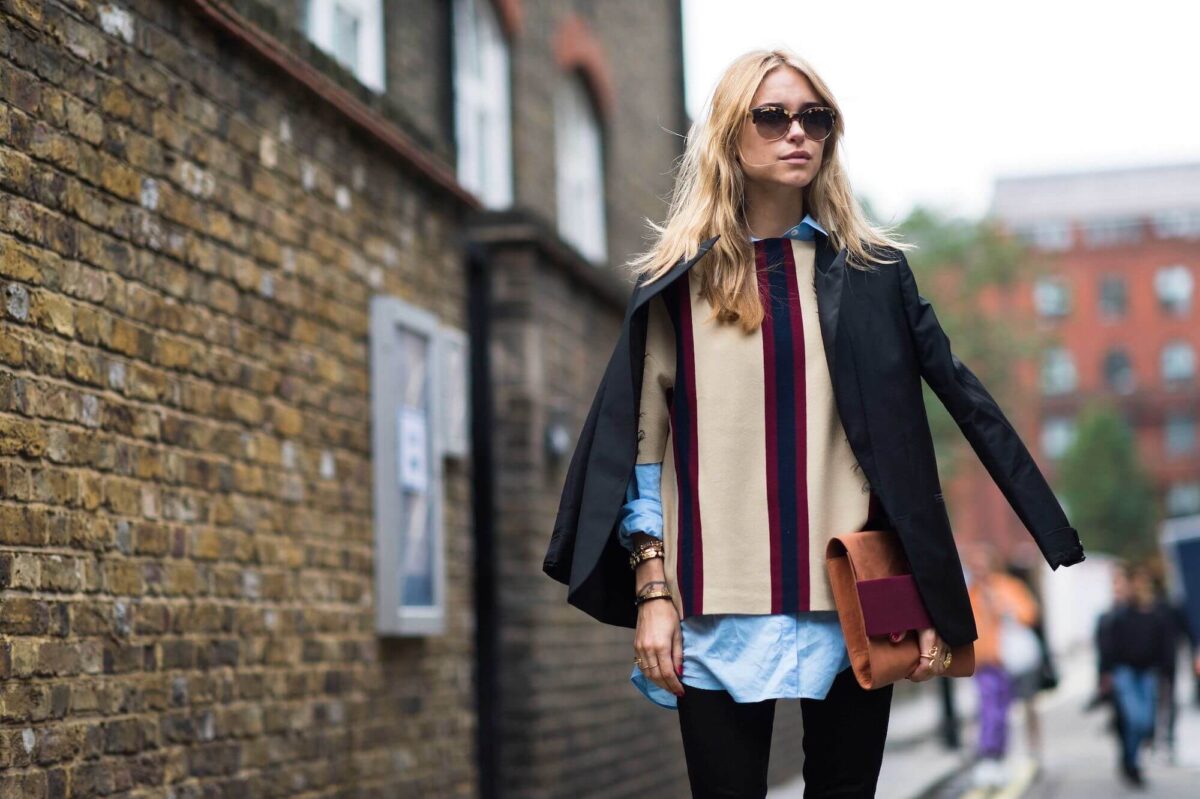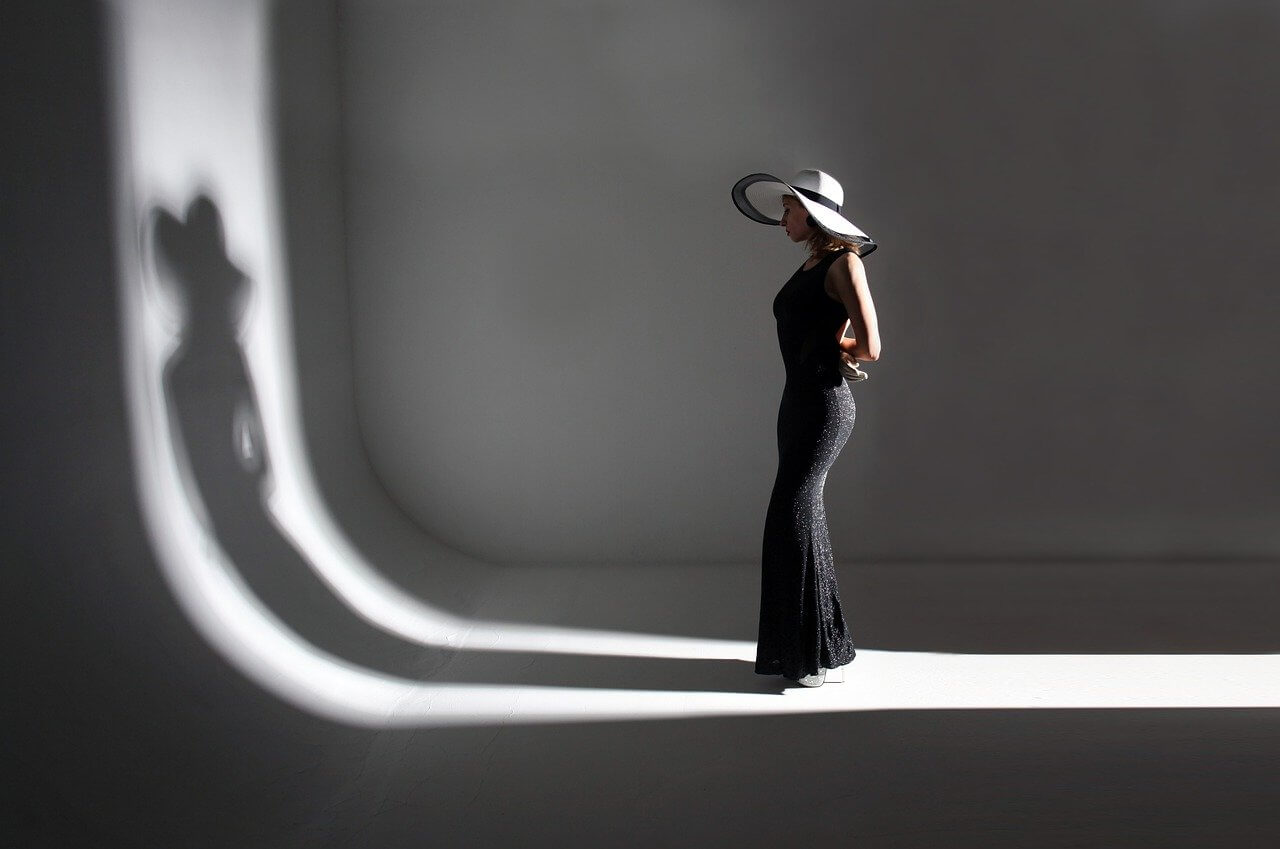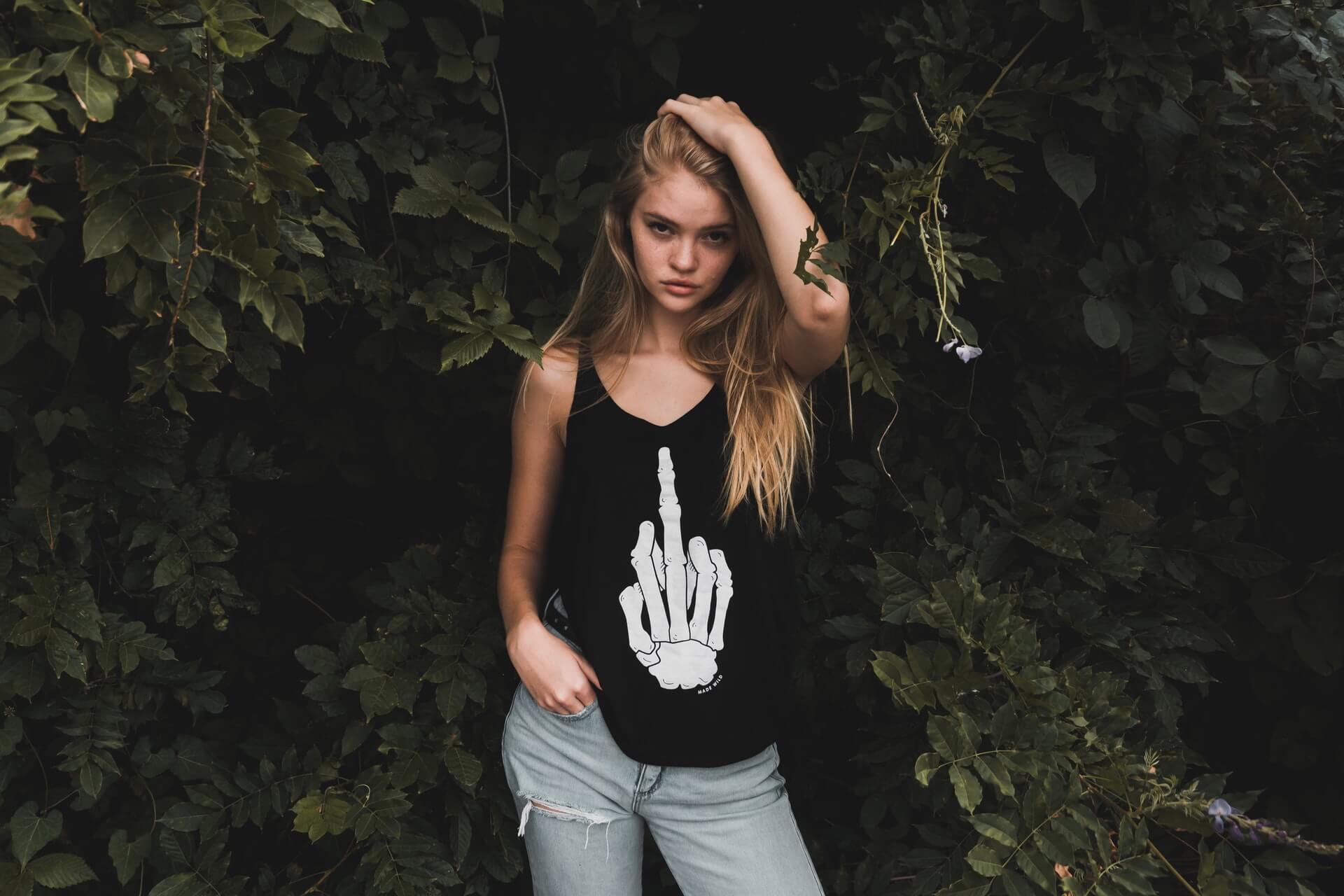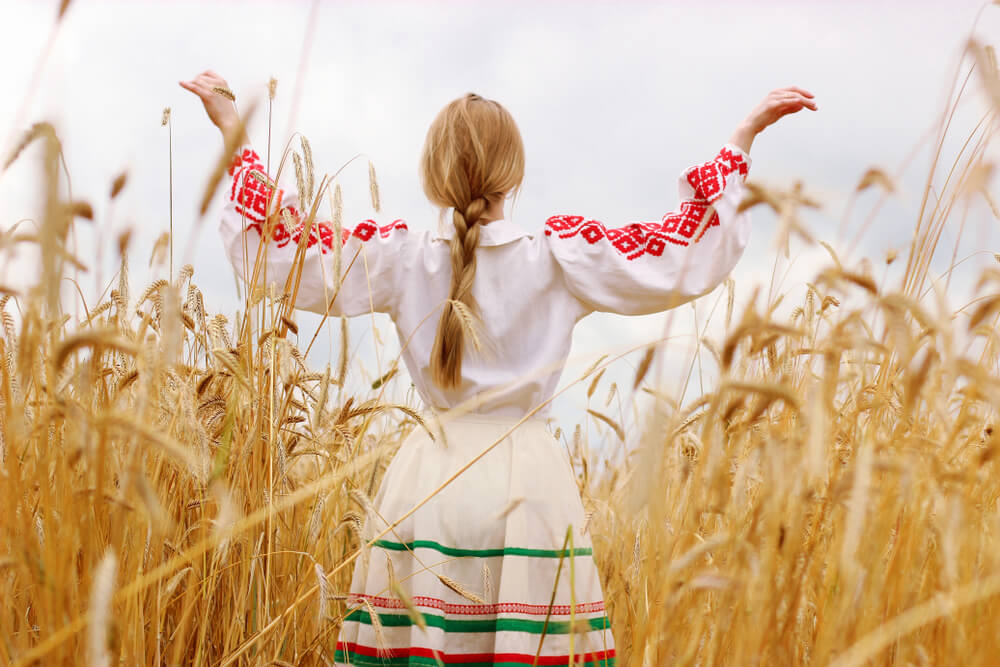Choosing the filling of the down jacket
Let's start with, perhaps, the most important criterion for choosing a filler. Why? The fact that it is from the filler and its density that the warming abilities of the down jacket depend.
What are the down jackets for the filler:
Natural Fillers
Fuzz
The first in the list of natural fillers will be, of course, fluff - it was he who was the reason for calling down jackets such. For the production of down jackets, high-quality down of waterfowl is used - other birds do not have fluff. It is indicated on the label as "down".
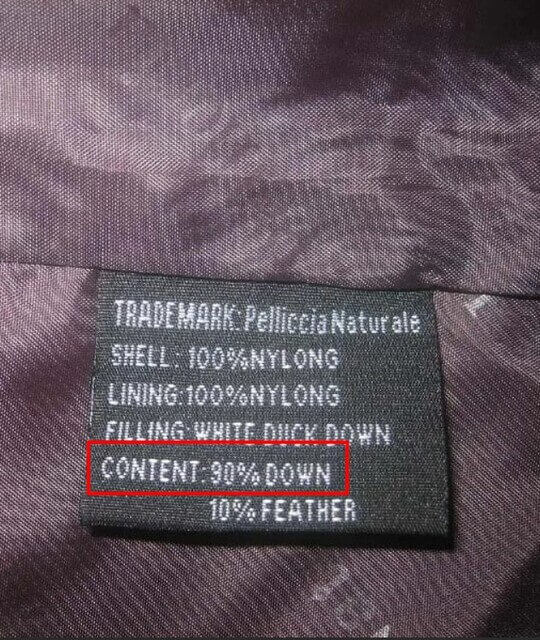
Fluff is extracted from:
- Ducks;
- Geese;
- Swans;
- Eider are wild polar ducks.
Due to the special structure of the fluff and low thermal conductivity, the fluff retains heat well. It has a small weight and retains its properties up to 20 years. The warmest and lightest is eider fluff, but you will have to pay more for it - to date, this is the most expensive material for filling down jackets. Eider fluff, depending on the density of the padding, can keep heat at ambient temperatures up to -60 ° C.
On the next step in terms of warming properties, practicality and durability are goose and swan down, while the latter is rare, since the swan is a wild bird and the prey of a large number of fluff harms this species.
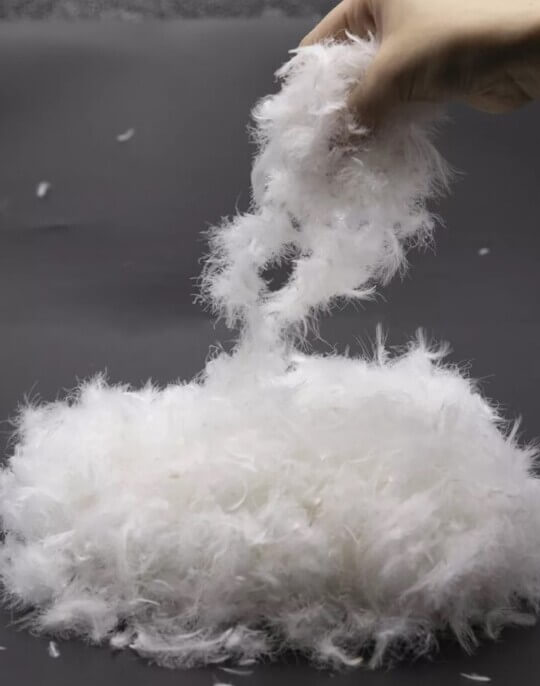
The most unsuccessful choice of filler for a down jacket will be the fluff of simple ducks - it tends to clump, holds heat worse, is more rigid and shallow.
Feather
Also, a feather is used for down jackets, but not in its pure form, but for combination with down. First of all, the pen is added to reduce the cost of the product, since this raw material is cheaper and easier to obtain. In addition to reducing the price of the finished product, the feather also helps to give winter clothes volume.

The main disadvantage of the pen in the composition of the filler is its rigidity. The sharp parts of the feathers break through the inner or outer material of the product and spoil its appearance. When choosing a down jacket, pay attention to the percentage of down feather.
The optimal ratio is 80% to 20%, where 20% are feathers, or 90% to 10%, where a larger percentage is given to the fluff.
Wool
Wool, like down, has excellent warming properties - remember a camel blanket or blanket. For down jackets, camel or sheep wool is used. Both varieties are quite pronounced allergens, so people with hypersensitivity need to treat the choice of such products with caution.

The main disadvantage of down jackets made of camel wool or sheep raw materials is a large weight. Sometimes manufacturers dilute natural wool with synthetics to facilitate the product.
Synthetic fillers
Synthetic down jacket fillers are extracted from synthetic fibers processed, compressed or glued in a special way. Unlike natural raw materials, synthetic is cheaper, and is also hypoallergenic.
Tinsulate
Thinsulate, thinsulate, with English thin insulation is an artificial down that is produced by heating and stretching onto polyethylene terephthalate fibers. Intertwined fibers well retain warm air inside - the warming properties of down jackets with tinsulate are much higher than those of many synthetic analogues.

What is important, tinsulate does not block air circulation, so it does not cause active sweating.
Other properties of tinsulate:
- Lightweight;
- Safe;
- Does not accumulate dust;
- Does not retain an unpleasant odor;
- Wear-resistant – the down jacket can be washed in a washing machine.
Tinsulate filler is suitable for down jackets designed for temperatures up to -30 ° C.
Hollofiber
Hollofiber is one of the most common synthetic fillers for down jackets, made of polyester. Its main advantage is that it does not retain moisture, so in outerwear it is not terrible to get under the rain or snow.

The moisture-repellent properties of hollofiber also affect the washing - down jackets with such a filler dry very quickly. Not whimsical in care - calmly withstands washing in a machine at temperatures up to 40 ° C.
This is one of the most affordable fillers, so the final cost of products is much lower than with down or tinsulate. The temperature regime for down jackets with hollowfiber is up to minus 25 ° C.
The same properties and characteristics are also possessed by polyfiber, fiberskin, fiberc.
Isosoft
Isosoft is a relatively new type of synthetic filler put on the market by a British company. It is much thinner than sintepone, but depending on the density it can be twice as warm.
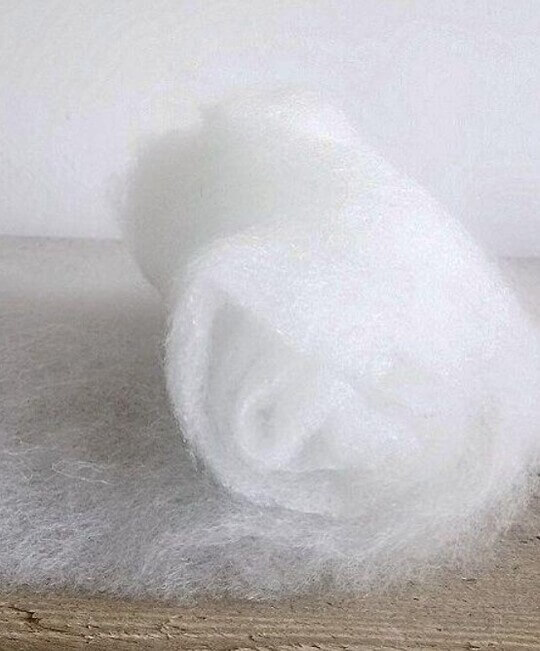
It is believed that isosphote is a "cold" filler, but the decisive criterion here should be the density of fibers. Isosoft with a fiber density of 25 to 80 g per m² is really a very "cold" jacket that is suitable for a temperature of about 0 ° C, but for down jackets such a density is not used. Another thing is the density of 200-300 grams per m² - such a jacket with isosoft will withstand up to -30 ° C.
- Not deformed - can be washed in a washing machine;
- It does not "migrate" due to the interweaving of all fibers together;
- Does not leak through the fabric, as is the case with sintepon.
Isosoft works on the principle of a thermos, that is, it can retain heat inside and prevent it from going outside due to the polymer impregnation applied from the outside of the filler. If you wear the right clothes under the down jacket - for example, a fleece jacket that removes moisture to the outside, the greenhouse on the body can be avoided. But paired with a cotton shirt, such a down jacket will obviously make you sweat.
Sintepon
Sintepon is the most famous and most unsuitable for the harsh winter filler. It is able to withstand temperatures up to -10-15 ° C, which may be suitable for the European winter, but will not help somewhere in Siberia or the Urals.

There are two types of synthepone - outdated and more modern:
- Obsolete sintepon is a layer of connected fibers that are not able to retain heat due to insufficient space between the fibers;
- A newer filler is not pressed, but is held together by weaving synthetic fibers together. This modern version of synthepone is significantly superior in properties to the outdated one, but is much inferior to other fillers.
DRESS magazine does not recommend choosing outerwear with sintepone for a cold winter, and in general, this material is really outdated - it retains odors, is knocked into lumps when washing, has the property of "losing weight" due to improper care.
Thermofin
Modern Russian thermofin filler is designed specifically for regions of Russia with low temperature indicators.
- Does not shrink after washing;
- Lightweight and holds its shape well;
- Soft and elastic.
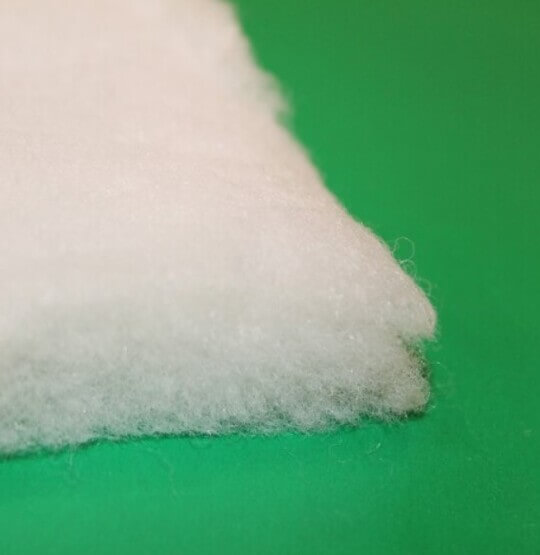
It does not require special care - you can wash the down jacket in a washing machine on a delicate mode at temperatures up to 40 degrees. With a maximum packing density of 400 grams per m², it is effective at temperatures as low as -50 ° C.
The above are the most basic, but not all synthetic fillers - now there are more than a dozen. Meet:
- Walterm is an expensive filler for filling jackets for outdoor activities. Lightweight and breathable, wear-resistant;
- Primaloft is a synthetic filler with goose down functions. It is expensive, weighs little. Retains heat well, but due to the high cost of raw materials, it is rarely used and only for expensive models of down jackets;
- Synthepuh - similar to tinsulate, but quickly loses thermal properties and creates a greenhouse, accumulating moisture on the lining of the down jacket;
- Biotum is a filler based on biopolymers. It has good warming properties and durability, but has a high price.
With what filler to choose a down jacket

@moncler
As you can see, the choice of fillers is huge - for any budget and for any needs:
- The warmest down jacket contains eider down, tinsulate or thermofin;
- The most budget models with average warming properties are stuffed with hollowfiber. Such outerwear is not suitable for a harsh winter, but for the central strip of Russia with an average temperature not lower than -25-30 ° C is quite appropriate.
When choosing a down jacket, pay attention only to the origin of the filler, but also to the amount of fluff inside, as well as its filling ability.

Filling capacity, from the English. Fill Power, FP - demonstrates how much air one ounce of fluff holds. The higher the numerical value, the better the down jacket recovers after compression, which means it has better heat capacity indicators, since it can retain a larger volume of warm air in the cavity of the down product:
- For extreme temperatures, choose a down jacket with FP 800+;
- For urban life in a moderate winter, the best option would be a down jacket with an indicator not lower than 550-650.
Russian models of down jackets also indicate the density of the padding, based on the amount of filler in grams per m² of the product.
- Maximum heat will be given by down jackets with a density of 150 grams and above. This figure can reach 450 grams. Such down jackets can withstand up to -50 ° C;
- For late autumn and early winter, when the temperature outside is not higher than 10 ° C, winter jackets with a density of 80-100 grams are suitable;
- For a temperature of minus 15-18 ° C, a down jacket with a packing density of 100-150 grams is suitable.
Which material is better
Outdoor material
For sewing down jackets from the outside, different fabrics are used. Theoretically, you can sew a down jacket from anything - even from wool, even from gabardine. Another question is that not all fabrics are practical and durable - this narrows the list of successful materials for the down jacket.
For the front side of the down jacket, the following are most often used:
- Raincoat. Natural or synthetic fabric with moisture-repellent impregnation. There can be different species - Alaska, Canadian, taffeta and others. They differ slightly from each other externally and by touch, but have the same properties;

- Nylon. Synthetic fabric based on polymers, smooth, shiny, almost does not get wet and is easy to clean;
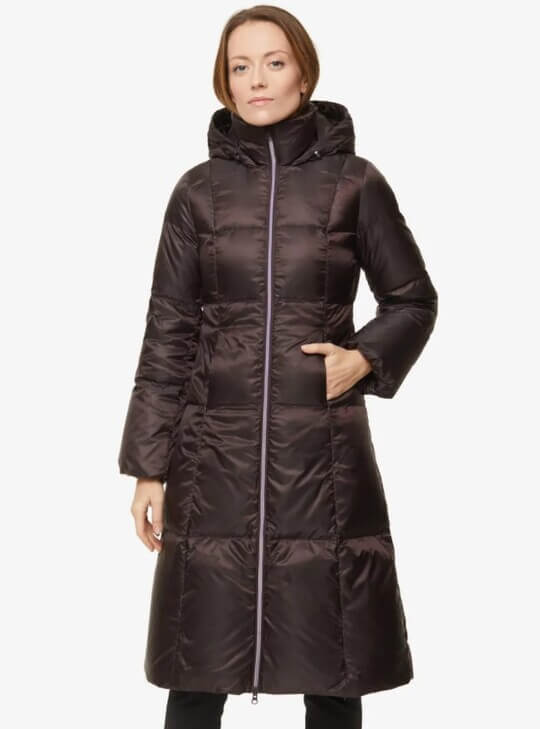
- Polyester. Also a synthetic material, but more rough than nylon and heavier in weight. Better absorbs moisture;
- Fabrics based on a mixture of synthetic and natural fibers, such as polyester and cotton. Such combinations allow you to make the product "cotton" by touch, but at the same time practical and light.
In its pure form, cotton for down jackets is not used - this is not practical. Often refuse the external material in the form of leather - the leather down jacket will be heavy, and yet - requires competent care and is not very practical.
A few words about membrane tissue, which, in fact, is not a tissue. The membrane is a thin film that is "soldered" to the main material of the down jacket - today almost any fabric can be covered with a membrane film.
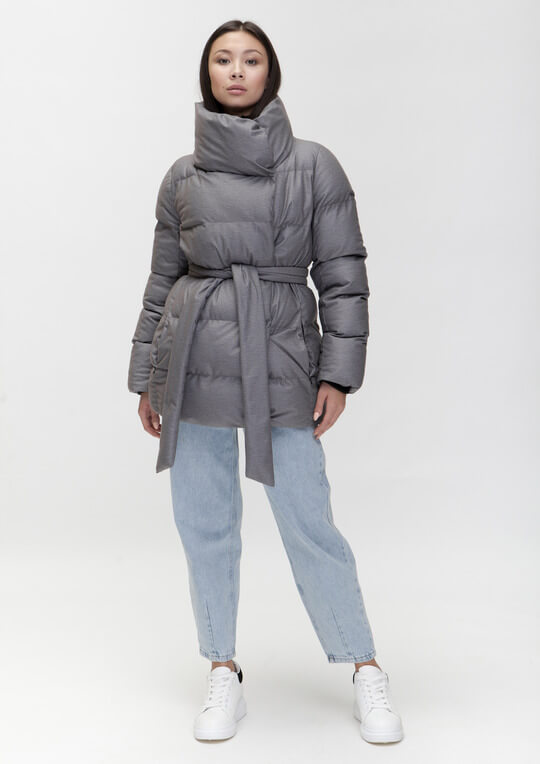
Membrane sizing allows the body to breathe, and moisture formed inside the down jacket can safely come out. Membrane down jackets are most often presented in stores for athletes - lovers of alpine skiing or climbers and those who are subject to high physical exertion.
For everyday wear, membrane impregnation on a down jacket is not the best choice:
- In order for the membrane to work, you need to wear the right clothes under the down jacket that do not absorb sweat, otherwise the membrane will not work;
- The membrane is capricious - it can not be washed with ordinary powder, as it will clog the "ventilation" holes and destroy the whole essence of the membrane winter jacket;
- Membrane down jackets are more expensive than conventional ones.
The most practical, light and outwardly attractive material for a down jacket will be nylon. Combined fabrics made of synthetic and natural fibers are also good - they are not so "slippery" to the touch and often matte, although they are a little more expensive.
Lining
The lining of the down jacket is the fabric that contacts directly with the body. For the inside of down jackets and coats, hygroscopic materials are chosen, with a low level of allergenicity, as well as the ability to retain heat.
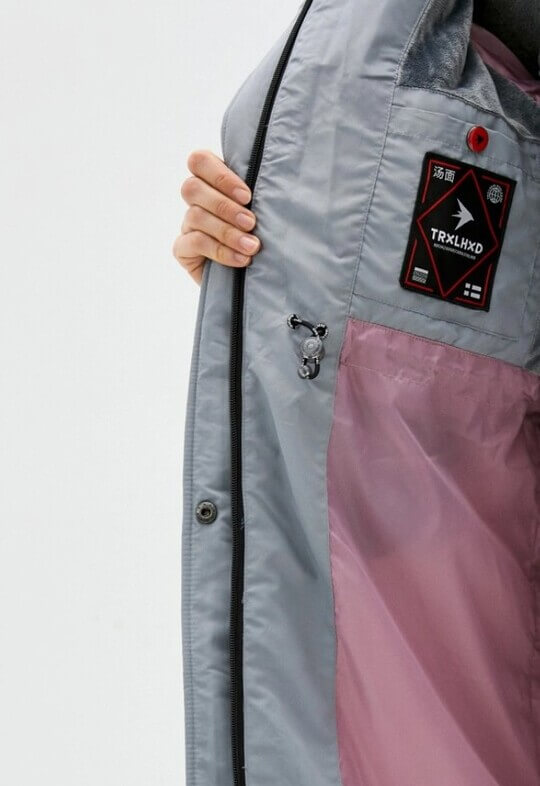
The most common lining materials are:
- Silk;
- Atlas;
- Polyester;
- Viscose and polyviscosis;
- Cotton and satin.
If your back is constantly sweating in the down jacket, most likely polyester was used for the lining - it does not "breathe" well, so moisture collects on the surface of the lining.
- The most practical and pleasant linings for the body are made of silk, satin, viscose and polyviscose. Such fabrics do not allow moisture to accumulate on the surface. Silk is more expensive, so it is used less often, but satin, viscose and polyviscose are quite affordable and widespread materials;
- Cotton linings are a real rarity in the world of down jackets. They breathe well, have a natural origin, but are not durable and crumple strongly;
- Satin linings are a mixture of synthetic and cotton fibers. Satin is good on all sides, but it is expensive, so it is used only in expensive down jackets of the premium and luxury segments.
Memo on choosing a down jacket
- Moisture-repellent impregnation. On the label of the product, it is indicated as DWR. It allows even those tissues that have the property of absorbing moisture to repel it or absorb it in smaller quantities;
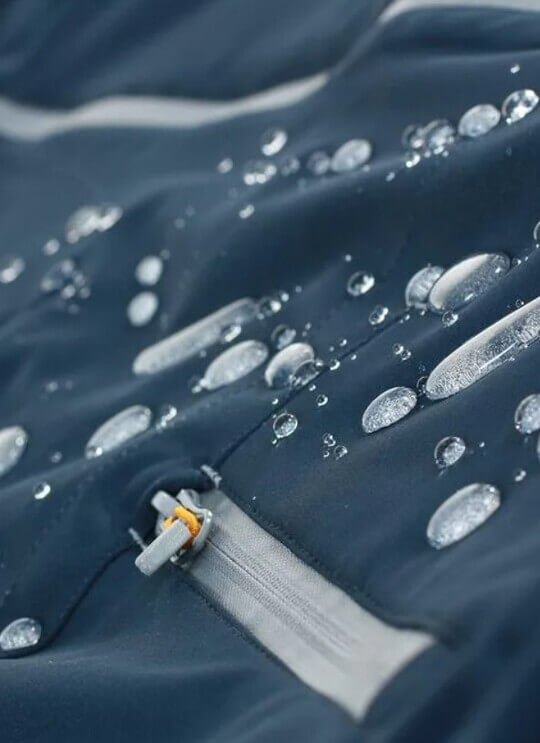
- Furniture. Pay attention to zippers, rivets, buttons, if they are provided for by the design. The zipper should be easily fastened without "biting" the teeth. If there are problems with the clasp - it will quickly become unusable;
- Fabric pad with zipper. The fabric lining protects against blowing, and if it is not there, cold air will penetrate into the space between the teeth;
- Quilting. The quilting of the down jacket, that is, dividing it into conditional "block sections" ensures the uniformity of the fluff distribution. If the down jacket is stitched, this will prevent the filler from stalling and prevent it from migrating outside the cells. The smaller the blocks, the better;
- Quality of seams. Carefully inspect all the seams of the product - they should be dense, without protruding tips of the threads. The stitching is smooth, without interruptions and hesitations;
- Information on the label. Look at what conditions for caring for the down jacket the manufacturer indicates - it indicates the washing mode, the possibility of ironing, water temperature, whether it is possible to use bleaches and stain removers. Do not buy a down jacket with a ban on washing in the washing machine, if you do not plan to give it to the dry cleaner - the first washing in a household machine can lead to damage to the product;
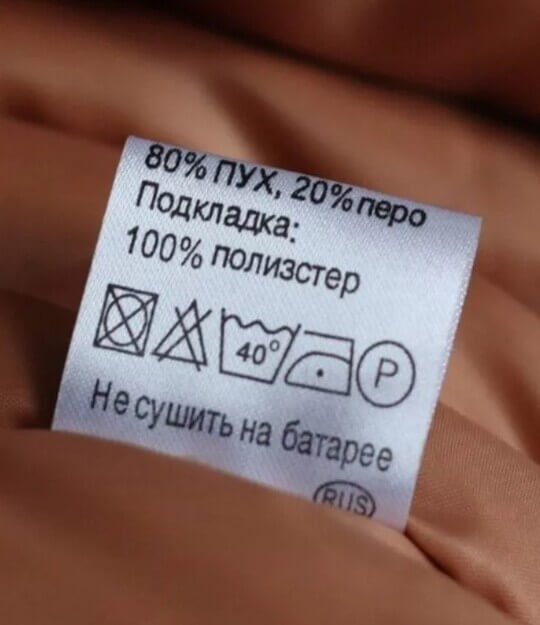
- Size. Be sure to choose the right down jacket by size - do not forget to put on tight clothes, bend over, raise your hands when trying on. Never buy a down jacket that is not comfortable in – the down jacket should be loose. Pay attention to the length - for a cold winter, an elongated model at least to the middle of the thigh or a very long down jacket is suitable. Short models are more suitable for sports and winter, the temperature of which does not exceed 15-18 ° C;
- Brand. It is especially important to pay attention to the brand when choosing a down jacket for the harsh Siberian or Ural winter - unknown manufacturers often deceive buyers and pass off the desired properties of the down jacket as valid. Good brands of warm down jackets are Moncler, Canada Goose, Columbia. For a less severe winter, you can choose a down jacket that is more budgetary, but it is also better than a well-known brand that is responsible for quality and values its reputation.
Choosing a down jacket and fashion
Of course, the choice of a down jacket is based not only on its characteristics, but also on compliance with fashion trends and the style of the girl.
- Study the trends for down jackets. Today, oversize models are in fashion - a cocoon, a blanket, quilted down jackets, as well as sports options. Choose what you like;

- Think about color. What color to choose a down jacket depends on your preferences in the palette, because fashion gives many options - green, lilac, white and black, orange, metallic. The down jacket can be not monochromatic, but with a print - paisley cucumbers, as in the ethno style, or even leopard. If you do not want to take risks - choose a basic down jacket of a calm shade - they are also always in fashion;
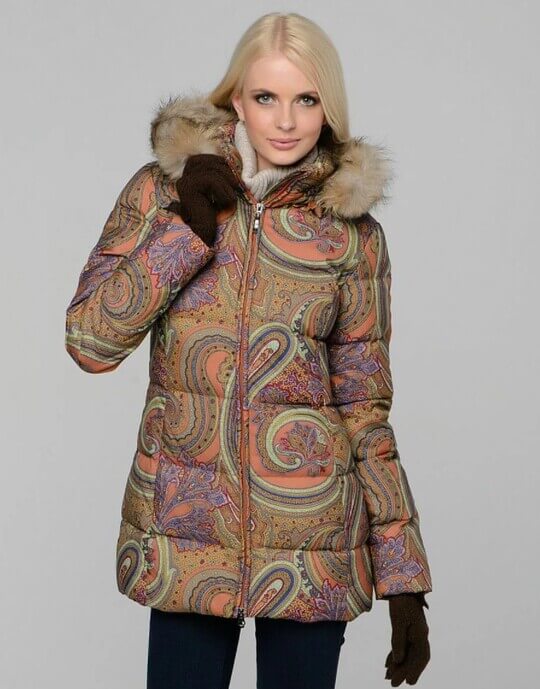
- Think about what to wear a down jacket with. He should successfully fit into your wardrobe, so that later you do not have to arrange decluttering and buy new clothes and shoes under a down jacket. To figure out what this or that down jacket will look like, look at the lookbooks, the pages of stars and fashion houses - there are always a lot of ideas for inspiration and training of observation;

- Define a list of brands where you can buy both stylish and warm down jackets. You can "walk" through online stores or see our rating - there are 15 stylish and warm models for different winter temperatures.
Choosing a down jacket is not a simple matter, because you need to take into account a dozen different characteristics. If you have any questions about down jackets - ask them in the comments, and we will help you choose a dream model in which the image will be stylish and comfortable.
 Write your opinion
Write your opinion




















